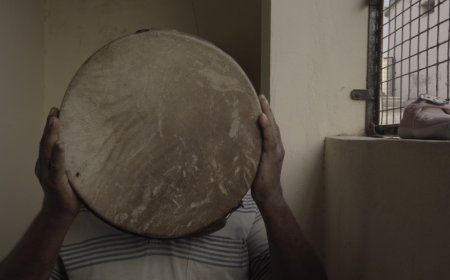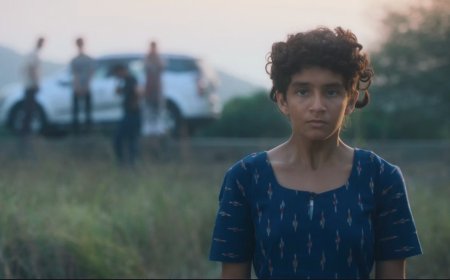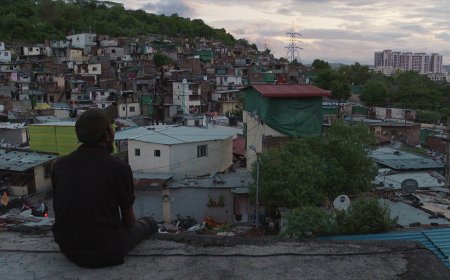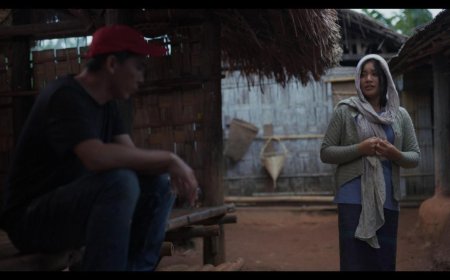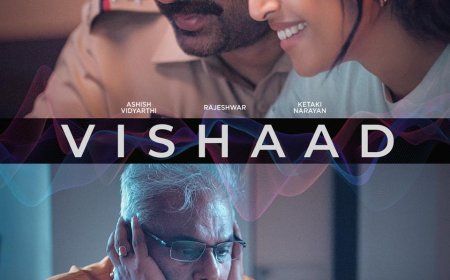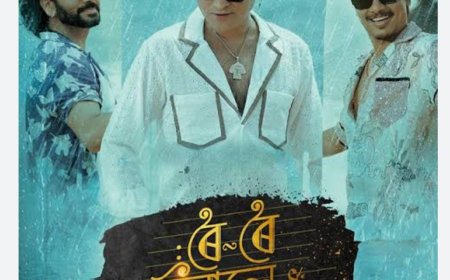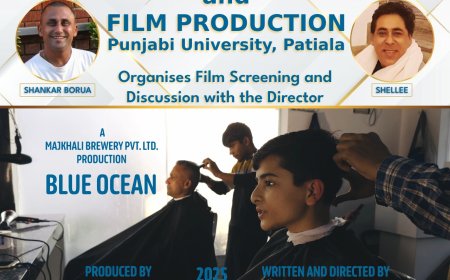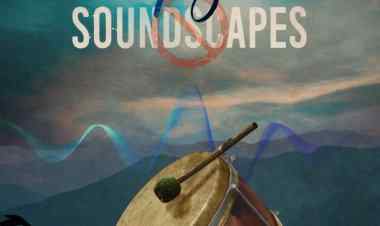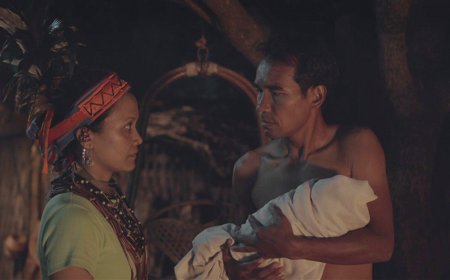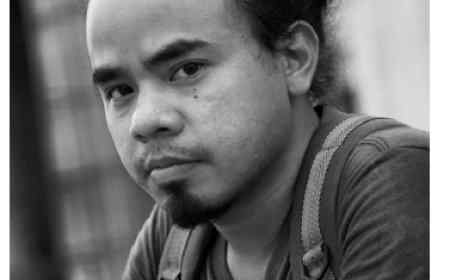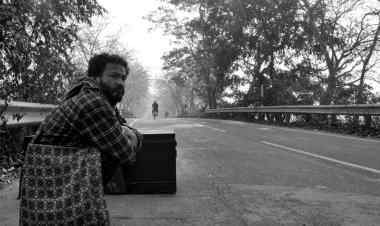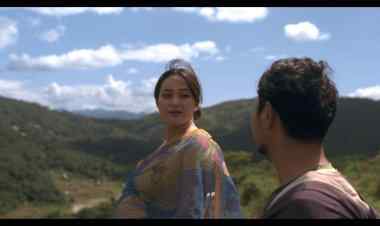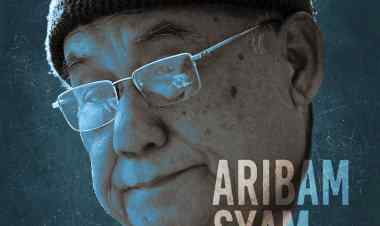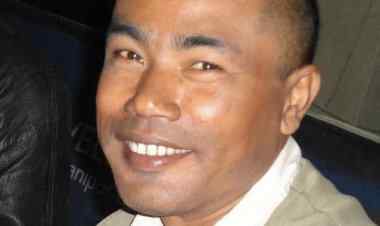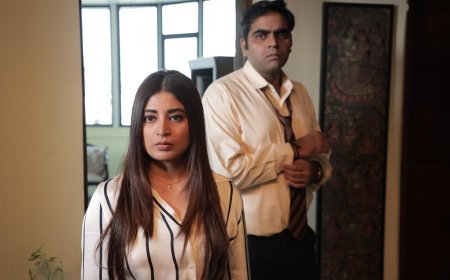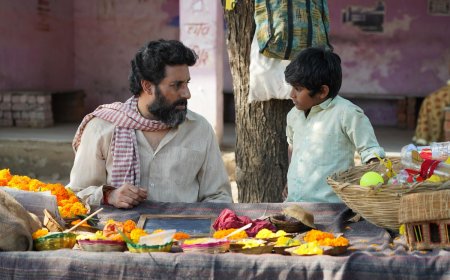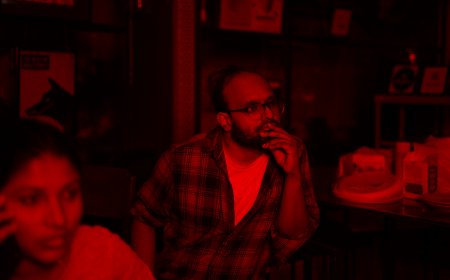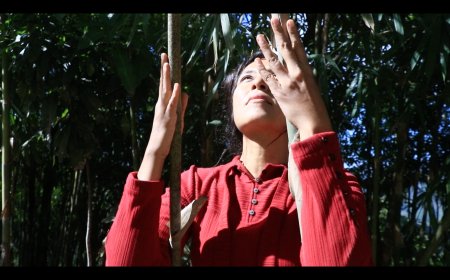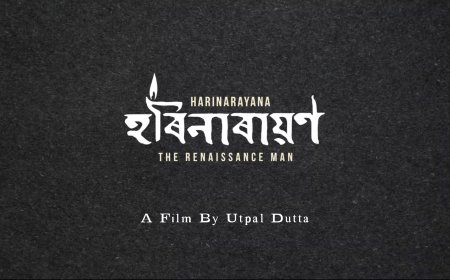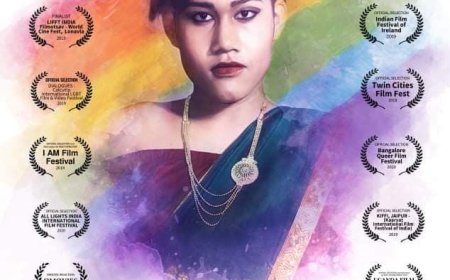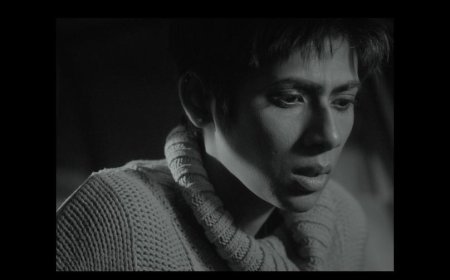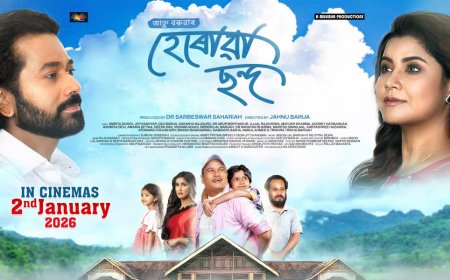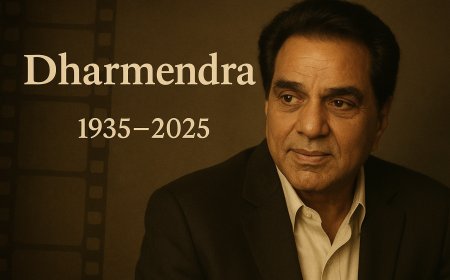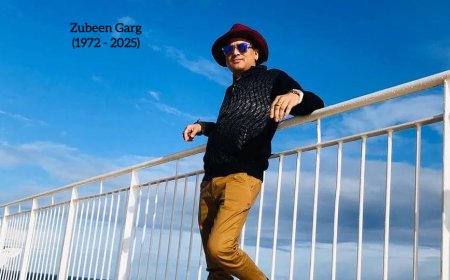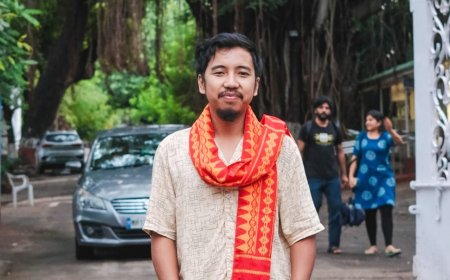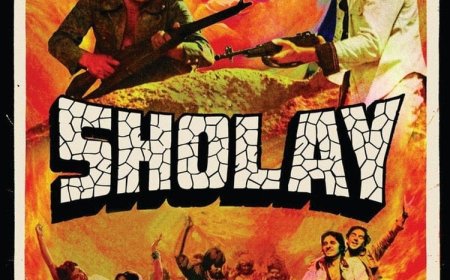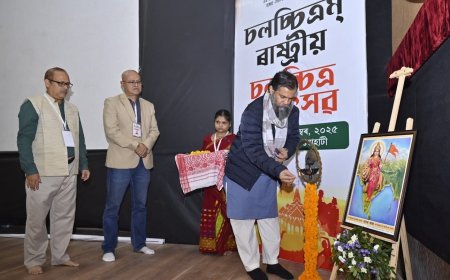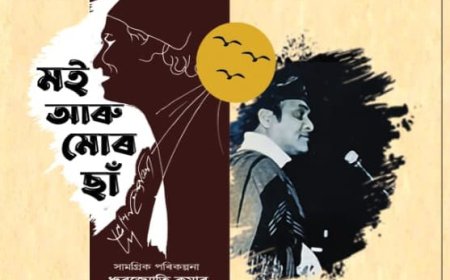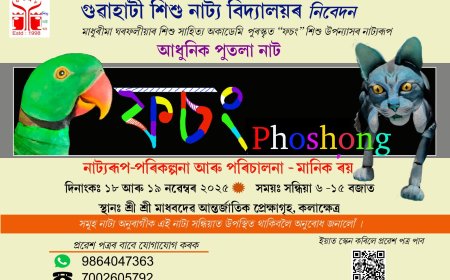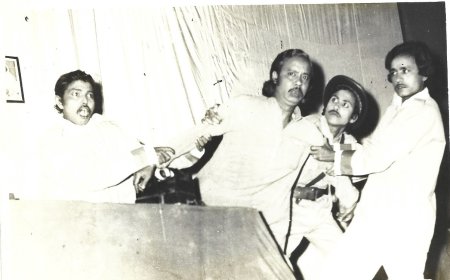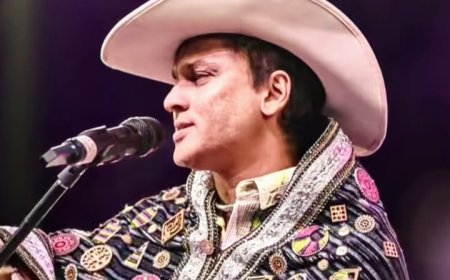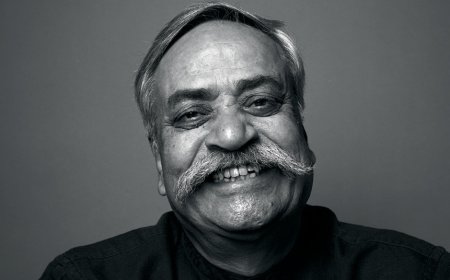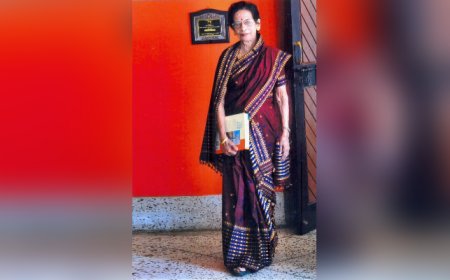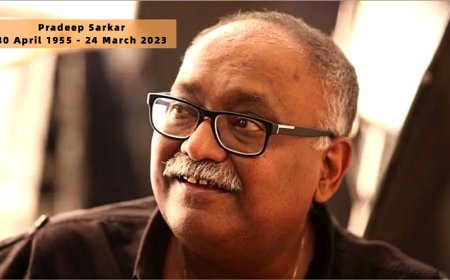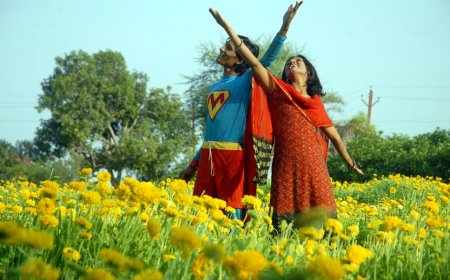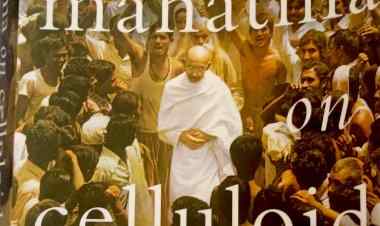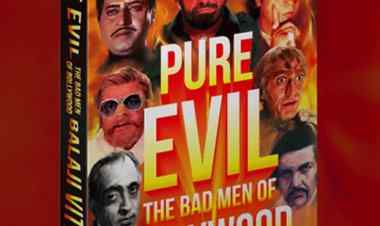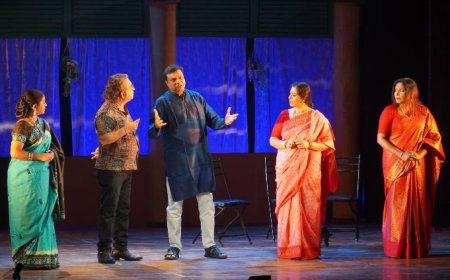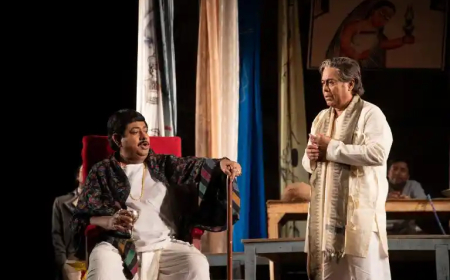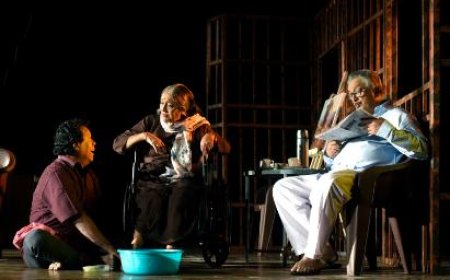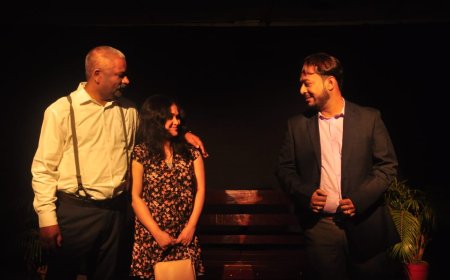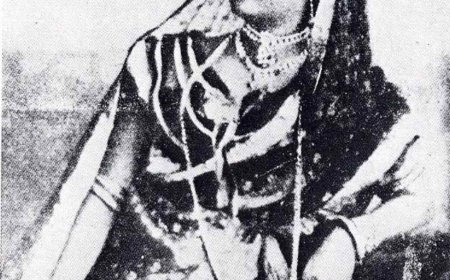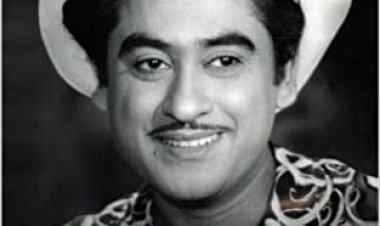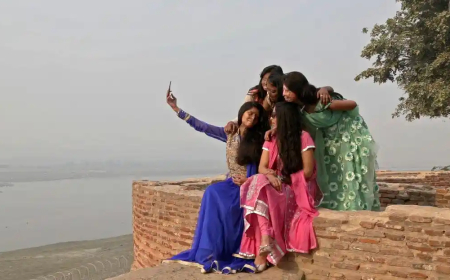Interview: Chanakya Vyas
Dipankar Sarkar provides an interview with Chanakya Vyas on his short film Mangya.

Chanakya Vyas's short film Mangya is a subtle coming-of-age drama that is the story of a young boy and his much-loved pet rooster, Mangya. When there is an outbreak of bird flu on the rise in Maharashtra, the government initiates mass killings of chickens. It leads to a problematic circumstance that forces the young hero into an unthinkable choice.
Mangya is a part of this year’s MAMI Select: Filmed on iPhone and available on YouTube.
Here is an excerpt from an interview with the filmmaker.
How did you become a part of this year’s MAMI Select: Filmed on iPhone?
I saw the call for applications earlier this year on MAMI’s Instagram page—they were looking for emerging filmmakers to make short films in four different languages. I decided to apply with the story I had developed last year. It was a five-page story outline for a feature film set in Maharashtra, against the backdrop of a bird flu outbreak. I revisited the idea, reworked parts of it, and wrote the screenplay for a short version over the next couple of days and applied for the program. About two weeks later, I got a call from MAMI saying my script was under consideration, along with a few practical questions they had about it. A week after that, I received the email confirming I was selected!
Mangya uses a public health crisis as its backdrop, but at its heart, it’s a deeply personal story between a boy and his pet. What sparked this narrative?
So, the story came out of three very disconnected sources or inspirations - the first was the news of mass culling after multiple bird flu outbreaks between 2023-2024 in areas like Thane, Palghar and surrounding areas in Maharashtra. I started with some cursory reading around it in newspapers, some interview clippings online and about the evolving nature of Avian Influenza. It was clear that there was more caution around it now, especially after COVID. The second was Rishi Chandana’s unusual and wonderful short documentary film, Tungrus, about a pet rooster living with a family in an apartment in Mumbai, which I had watched, I think, a year ago on YouTube, and the film had stayed with me. And the third was the sudden loss of Anna, our nine-year-old pet dog, in November 2023 due to gastric obstruction. One is aware that the lives of animals are short-lived, but because it was so sudden, we kept asking questions like - What if we could save her in time? To what extent could we have gone to save her? Were there signs that we missed? The guilt around it was quite overbearing. The more time I spent with these thoughts, the more I realised how our love for animals can quietly shift into a form of possessiveness, where we try to shape and control their lives to fill something missing in our own. And I wanted to show this in the film, not in a pronounced manner, but focusing on the broader themes of love, control and possessiveness through the eyes of a young boy, capturing his internal struggle where the lines between affection and control begin to blur. That is what led me to develop the story.
The theme of "culling"—both literal and emotional—runs deep. Did you see this story as a parable about growing up, or more as a reflection on holding on to what makes us human during a crisis?
I think a bit of both. As a character, I wanted to see the protagonist also get over it and move on in life, so it is a coming-of-age film about growing up, coming to terms with loss and death. Along with that, I was also interested in the larger ethical, moral question around trying to save a rooster during a bird flu crisis. And as a society, we also experienced these conundrums during the two and a half years of living through COVID – the tension between personal needs and the greater good, between protecting oneself and protecting others.
The young protagonist is caught in a moral dilemma between fear, loss, and love. How did you direct your child actor, Devdatta Ghone, through such emotionally layered scenes?
I think what helped was that we did a couple of readings and also a workshop with the actors before the shoot. Especially with Devdatta, who plays Sanket, the protagonist, what helped was that I would often ask him questions around how the character would react in a particular situation that they’re in and based on that, he would improvise it further during the take. As part of the workshop, we also explored making connections between scenes from the film and actors sharing their personal life memories of having been in similar situations, which I believe helped them connect with the story.
Also, Devdatta is an extremely intuitive actor, and along with that, he brings in a solid amount of experience (considering his age) across theatre, TV and films. So, there were times when I hardly had time to brief him about the scene, and he would play it very intuitively, and it worked. He had figured the emotional core of the character, and it was quite evident even in his different test auditions (thanks to the casting team of Yugandhar Deshpande) that he would be able to bring this character to life believably and convincingly. In addition to that, I cannot take away the fact that having done theatre workshops with children, directed them in school plays and having worked with a school earlier (Head Start Educational Academy, Bangalore) gave me the confidence to work with him on exploring different layers.
Tell us about Mangya—the rooster (Sikandar) itself. Was it challenging to work with a live animal on set?
So, Sikandar was hired through an animal supplier in Mumbai, who usually supplies animals for most of the film shoots in Mumbai. The fact that there was an animal handler on set who took care of the rooster during the entire shoot was immensely helpful. There is no way one can control the rooster or train them to act in a particular way. One had to ensure that we captured enough footage to be able to use later in the film, and we were so lucky that Sikandar also turned out to be very camera-friendly. The running joke on set was that Sikandar is a method actor. Even during the pre-production stages, Amith Surendran (Cinematographer) and Divya Kharnare (Associate Director) had planned and set aside time to shoot ample B-roll footage with Sikandar and Devdatta, which proved invaluable later on.
How did the mentorship from Konkona Sen Sharma shape your approach to the film?
Konkona’s mentorship played an important role as an outside eye. I would say the two key aspects that helped shape my approach were: during the writing stage, as I wrote new drafts and the process of working with actors. Unfortunately, she couldn’t be on the set, as she was shooting around that time, but the table read sessions of the drafts and her feedback on them pushed me to think more deeply. There were always questions and suggestions on different aspects as we looked at the script scene by scene. For instance, questions such as - How do you imagine this scene to be shot? Why does this character say this at this point? How else could this be communicated in the film? So a lot of fundamental questions, which pushed me to think with more clarity, not only as a writer but also as a director, especially with a film like this, where there are so many moving parts that are interdependent. All of this helped me edit and tighten the script further before we went on the floor. During the workshop stage with actors, she suggested exercises that would help the actors and also notes to keep in mind while directing them.
Share your experience of shooting on the iPhone 16 Pro Max—what were its advantages and limitations?
It was quite a unique experience as I have never shot on a phone or an iPhone before. One is always sceptical in the beginning, but having seen the films from last year’s program, I knew they were a strong testament to what could be achieved. The key advantages, I would say, are some of its in-built features such as Action Mode that helps achieve great control when filming on the move, the overall quality of footage that could match the big screen experience, the solid battery life and the memory size. We were given four iPhone 16 Pro Max with 1TB storage for the shoot, which was great as the turnaround time, the ease of moving around with it and overall management of data was very smooth. We managed to shoot a lot each day with multiple locations and camera setups. Plus, the ease of transferring data to the MacBook Pro and editing on the go were some additional advantages.
In terms of limitations, one obvious aspect is that of lens and optics flexibility on the iPhone when compared to interchangeable cinema-grade lenses on cameras. As add-ons, we used a tele lens and ND Filters as well. In terms of manual controls, even though we used third-party apps like Blackmagic Camera during the shoot, the full range of adjustments is still limited.
*****
What's Your Reaction?







